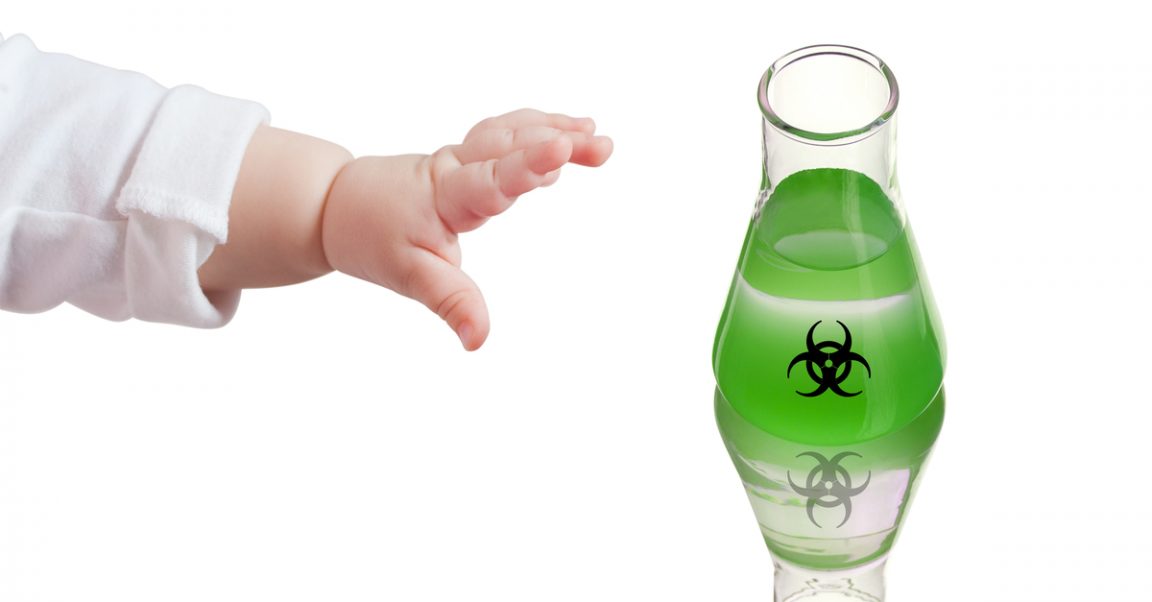When consumers think about dangerous products in general, the first thing that often comes to mind is dangerous baby products. There are a number of possible reasons, including
- Saliency bias – the fact that the most recent dangerous product story or product recall they heard about was for a baby product. The story was most salient – recent- in their memory.
- Emotional – Stories about injured, poisoned or killed babies are highly emotional, and our amygdala, together with the hippocampus and neocortex work together to make sure strong emotional memories are difficult to forget.
- Frequency – stories about dangerous and recalled baby products are more frequent and get more coverage.
Indeed babies are so fragile that even common baby products can be dangerous for them. But I argue that we’ve come a long way, and this market endures more scrutiny than almost any other outside of healthcare. So let’s look at where’ve come from, and what are some current good practices:
- Victorian Era Baby Bottles
Introduction of rubber tubes - Victorian wallpaper
Arsenic dyes, arsine gas - Victorian era soothers
Laudanum and other opiates - Lead water for soothing infant eczema etc
- Cribs on Amazon
- Magnetic toys on Amazon
Further reading:
https://www.consumerreports.org/cro/2012/05/13-dangerous-baby-products-to-avoid/index.htm
https://www.popsci.com/gadgets/article/2011-03/archive-gallery-popscis-daycare-horrors/
https://www.goodhousekeeping.com/childrens-products/g22851411/most-dangerous-toys/





